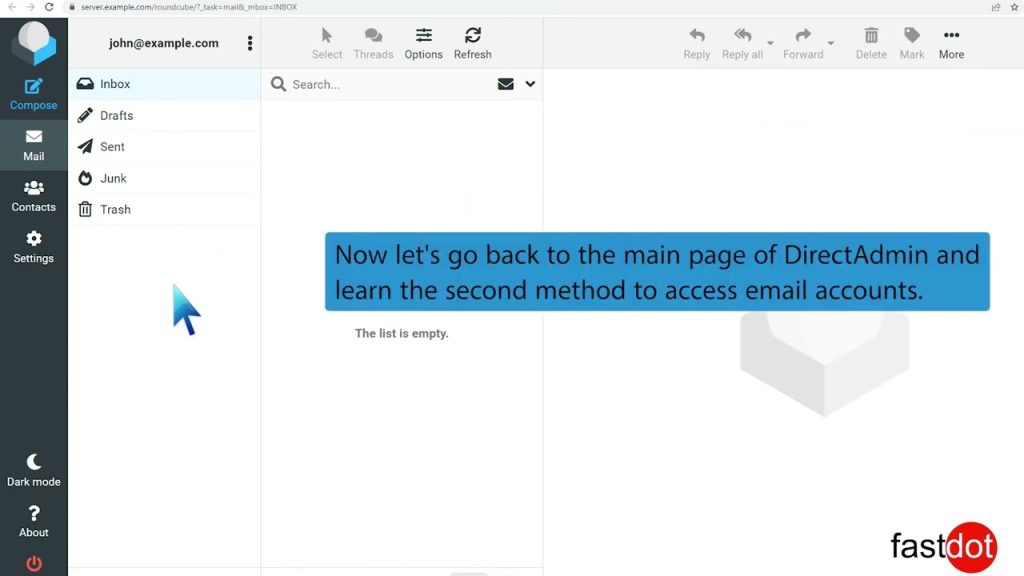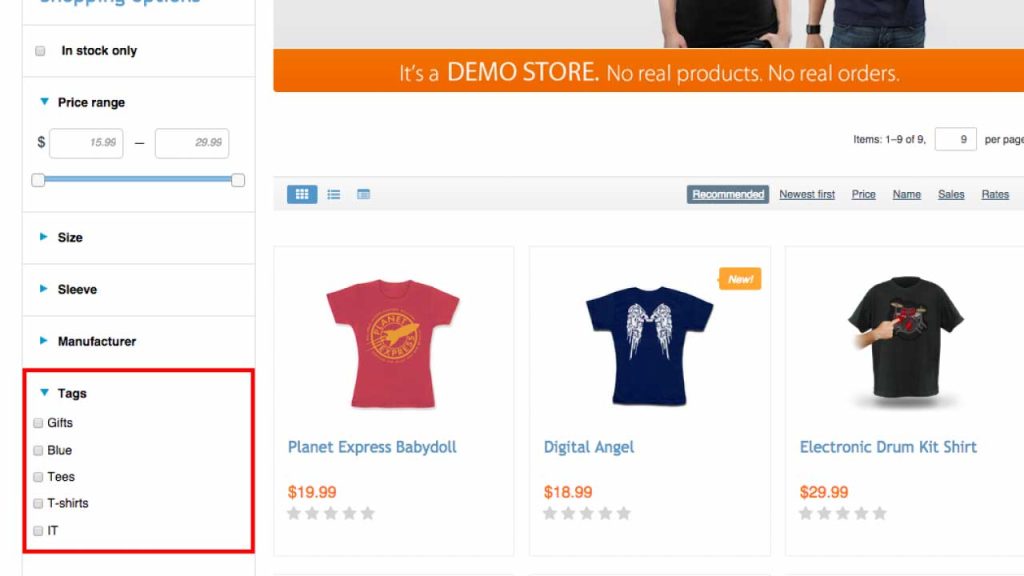Downloading files and folders from a remote server to your local computer using FileZilla, a widely-used FTP (File Transfer Protocol) client, is a common and essential task for website developers and server administrators. FileZilla’s interface makes it relatively straightforward to transfer files. Here’s a step-by-step guide on how to download files and folders using FileZilla:
Prerequisites
- FileZilla Installed: Ensure you have the FileZilla client installed on your computer.
- FTP Credentials: You need the FTP credentials (host, username, password, and sometimes a port) provided by your web hosting service.
Steps to Download Files and Folders
1. Connect to Your Server
- Open FileZilla and enter your host, username, password, and port (if required) in the Quickconnect bar at the top.
- Click the ‘Quickconnect’ button to establish a connection to your server.
- Once connected, use the right pane (Remote site) to navigate to the files or folders you want to download. This pane shows the files and directories on your server.
- The left pane (Local site) shows the files and folders on your local computer. Navigate to the location where you want to download the files or folders.
3. Download the Files or Folders
- To download files, you can simply drag and drop them from the right pane (Remote site) to the desired location in the left pane (Local site).
- Alternatively, you can right-click on the file or folder you want to download and select ‘Download’. The selected items will be queued in the transfer queue at the bottom and the download will start automatically.
4. Monitor the Transfer
- The progress of the download can be monitored in the bottom pane of FileZilla, where you can see the status of each file being transferred.
- Once the transfer is complete, the files or folders will be available in the location you selected on your local computer.
Tips for Efficient File Transfers
- Bulk Downloads: You can download multiple files or entire folders at once by selecting them and then dragging and dropping or using the right-click context menu.
- Transfer Queue: The transfer queue at the bottom of FileZilla shows all pending, ongoing, and recently completed transfers. You can manage your transfers here, including pausing and resuming transfers.
- Connection Limitations: Be aware of any connection limitations set by your hosting provider, as simultaneous connections may be limited.
- Check File Integrity: After downloading, it’s good practice to check the integrity of the files, especially if they are critical. You can do this by comparing file sizes or using checksums if available.
Conclusion
Downloading files and folders using FileZilla is a straightforward process that is essential in website management and server administration. Whether you’re backing up website files, retrieving data, or simply moving content between your server and local machine, FileZilla provides a reliable and user-friendly platform for managing these tasks. Remember to handle your data transfers carefully, especially when working with important files, to ensure data integrity and security.









